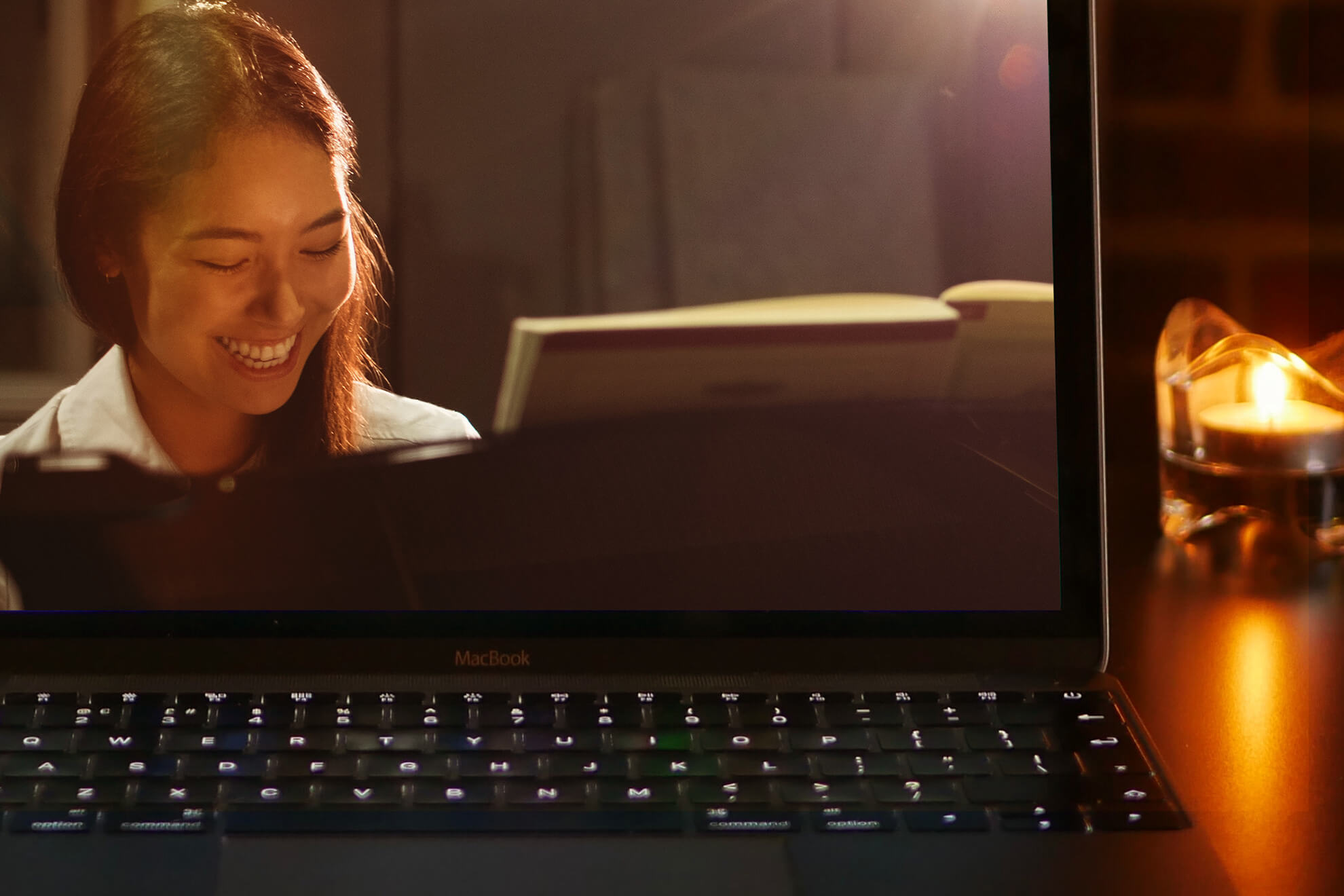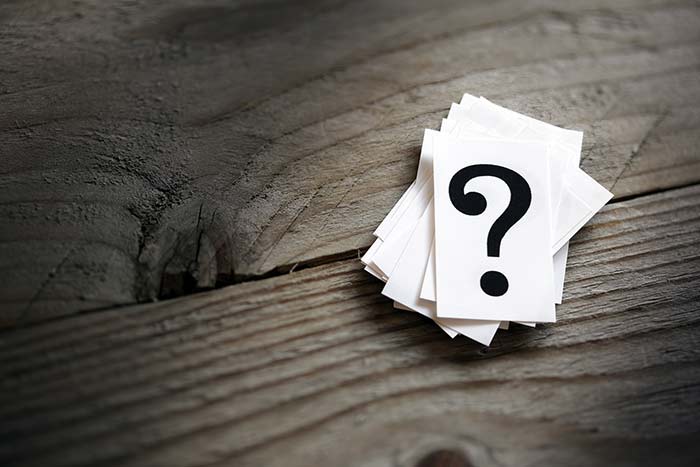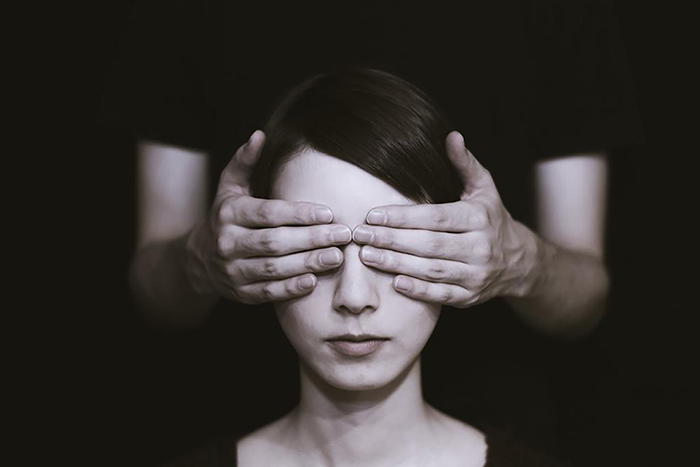You might love it, you might hate it. In the end, no matter how you feel about it – sight reading forms part of any instrument you want to learn or play.
What Is Sight Reading?
According to the Oxford dictionary, it is the ability to read and perform music from sheet music, without preparation.
Sight reading is often seen as a sore thumb in many pianists’ lives since they struggle with it.
Now it is quite difficult due to its nature, but it mostly has to do with how much (or little) you are practising it.
The better you get, the more enjoyable it becomes.
In my early stages of learning the piano, I distinctly remember my piano teacher asking me what pieces I wanted to work on for the year.
Before that she would play each and every piano piece flawlessly, without practise.
I was amazed, thinking she could probably play anything she wanted! The best part about this is that you totally can!
The good news is, with consistent practise, you can reach that level too.
Over time, you’ll see the results of your hard work and be forever grateful for the time and effort you invested into it.
Why Sight Reading Is Important
Learn Faster and More Efficiently
The more you practise sight reading, the more natural it becomes.
You will be able to learn new and current piano pieces faster than before which can help spare time.
Say goodbye to unnecessary excessive practise times and say hello to efficient and effective practise sessions.
Reading music fluently will eliminate the need to memorise heaps and heaps of music.
Instead you can just read off of the music sheet and spare yourself the time and trouble.
Boosts Confidence and Reduces Performance Anxiety
Sharpening your sight reading skills will enable you to feel more confident about trying more complex pieces.
In fact, you will feel encouraged to take on more difficult pieces which will push your limits and force you to grow.
When it comes to performances, good sight reading skills can be critical in unplanned situations such as forgetting a phrase.
Instead you will be capable of calmly navigating through it since you are confident in your sight reading skills.
Another positive to investing time in sight reading, is that it will help you overcome the fear of mistakes.
Sight reading is a journey, one filled with mistakes.
If you can take on that challenge, then surely the fear of mistakes will not get to you anymore.
Improves Skill and Opens Doors
Being able to read music is a tool that will set you apart from others, especially when it comes to orchestra, musical theater and church opportunities.
Many if not all auditions and gigs require you to have strong or somewhat decent sight reading skills.
Almost all professional pianists have the exceptional ability to read music.
The harsh truth is that whether you want to do it or not, you will eventually come face to face with it if you want to progress on your piano journey— start practising now to avoid regret in the future.
Positively Impacts the Brain
Sight reading activates multiple areas involved in visual processing,auditory perception, cognitive function and motor planning.
It trains the brain to rapidly translate musical notation into sound— improving memory, attention and problem solving skills.
Not only will you love being able to read music, but your brain will love it too!
Consisting sight reading practise can also promote neuroplasticity – the brain’s ability to adapt and create new neural connections.
How To Become Better At Sight Reading
Practise Consistently
60% Consistency is better than 100% every once in a while.
Get a realistic time for practise and stick to that plan! The key is to form a habit so that it becomes part of your routine.
If you really struggle to incorporate time for sight reading, I suggest you take your current practise time and start it with some sight reading exercises.
Even a little bit each day can go a long way.
Start From The Bottom
Starting at a higher skill level than necessary can be demotivating and discouraging.
Instead start practising at a lower skill level and work your way up as you gain confidence and become better.
Rather start and progress slower with proper technique than fast with gaps in your technique.
Read Ahead
Do not fuss about all the notes you are or are not playing, instead shift your focus to the notes following.
Train your eyes to always read slightly ahead of where you are playing so that you can anticipate upcoming notes and avoid freezing.
Play With Feeling
It is easy to start playing in a robotic manner, but even sight reading pieces need love.
Pay attention to the details like the time signature, the tempo and key signature.
The time signature indicates how many beats are in each bar, basically specifying the rhythm.
Whereas the key signature reveals in which key a piece is played in, which is crucial to know to avoid bum notes.
Embrace Mistakes
One of the biggest setbacks in sight reading is wanting to play every note perfectly.
Practising sight reading is no doubt going to come with mistakes.
When you do accidentally press the wrong key, do not try to correct it as you must train yourself to keep a consistent rhythm and flow.
If you find yourself making a lot of mistakes, adjust your tempo to go slower.
Learn Your Theory
Small things like the key signature, rhythmic indications and other musical decorations play a big role in how the piece should sound in the end.
Learning musical theory will increase your knowledge and lead to a better understanding of each music piece you play.
Conclusion
Sight reading can either open doors or close them when it comes to the piano.
It is 50% skill rather than talent, so you truly have to put in the effort!
Imagine how much easier it would be to learn new pieces if you master your sight reading abilities.











